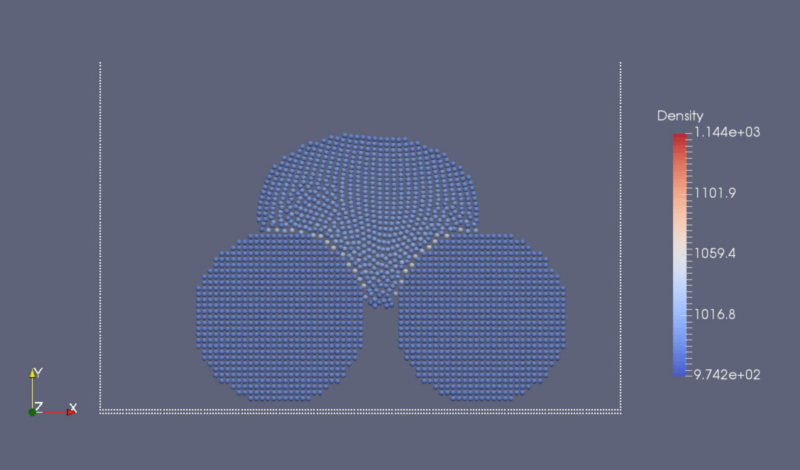 |
Research by:
MarcRussell |
| Additive Manufacturing(AM), a.k.a. 3D printing, is a rapidly emerging technology that will revolutionize the manufacturing world by allowing for the production of net-shape, customizable, ready-to-use parts in a matter of hours. AM parts are built-up layer-by-layer from raw materials, under computer control in the image of a digital model. Selective Laser Melting of particle beds (SLM) is a particularly promising AM technique for producing complex 3D metallic structures through a repetitive process of deposition and guided laser melting of a bed of microscale, metallic particles. Subsequent layers are melted into previously deposited layers to produce 99.9% density parts with feature sizes of 200?m. Use of SLM parts however, currently requires a lengthy process of part qualification and certification to detect processing flaws including high residual stresses, porosity, and undesired microstructures. A better understanding of SLM is required to minimize these defects and allow for its full adoption by industry. Such an understanding can be achieved through numerical simulation of the process. Current numerical methods however have a high computational cost owing to the complexity of the physical processes involved in SLM. I propose to use mesh-free Particle Methods to simulate the thermal-mechanical fields and movement of the melt pool free surface to create an approximate, but expedient, numerical methodology to be used in efforts to understand and optimize the SLM process. |
|

